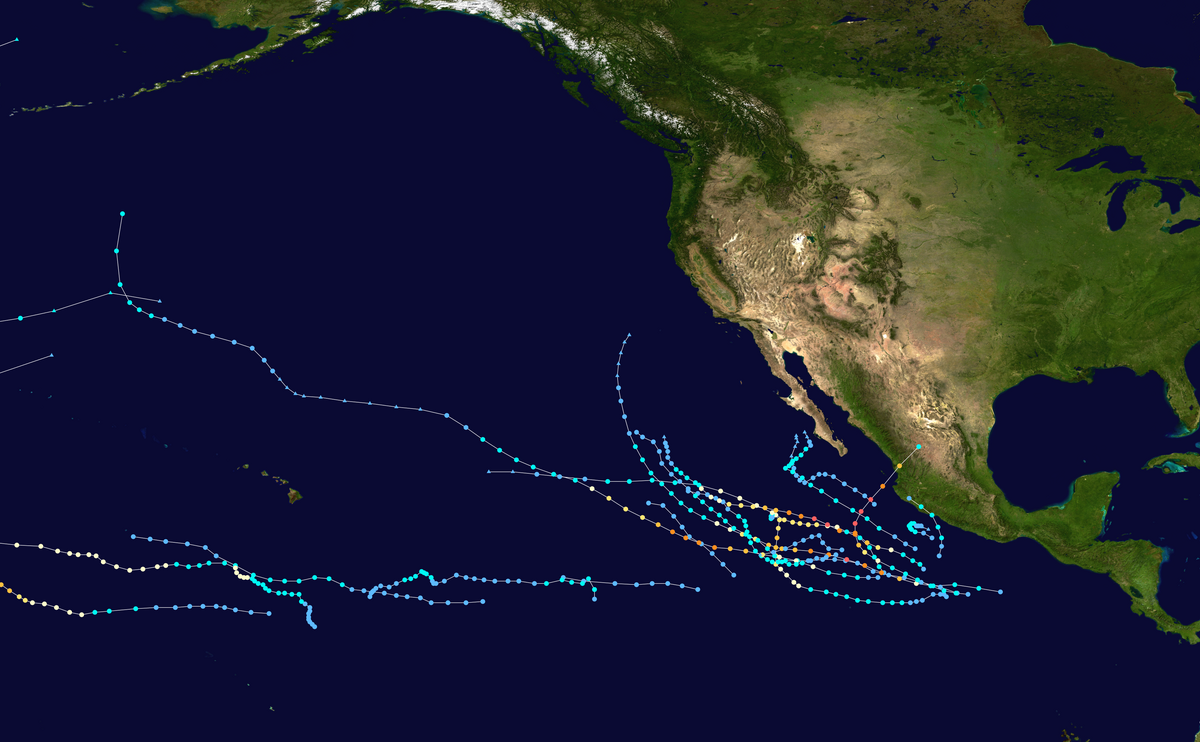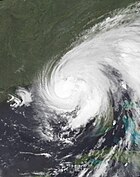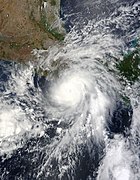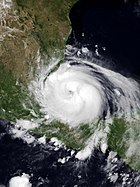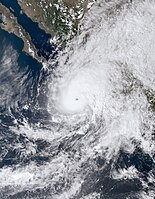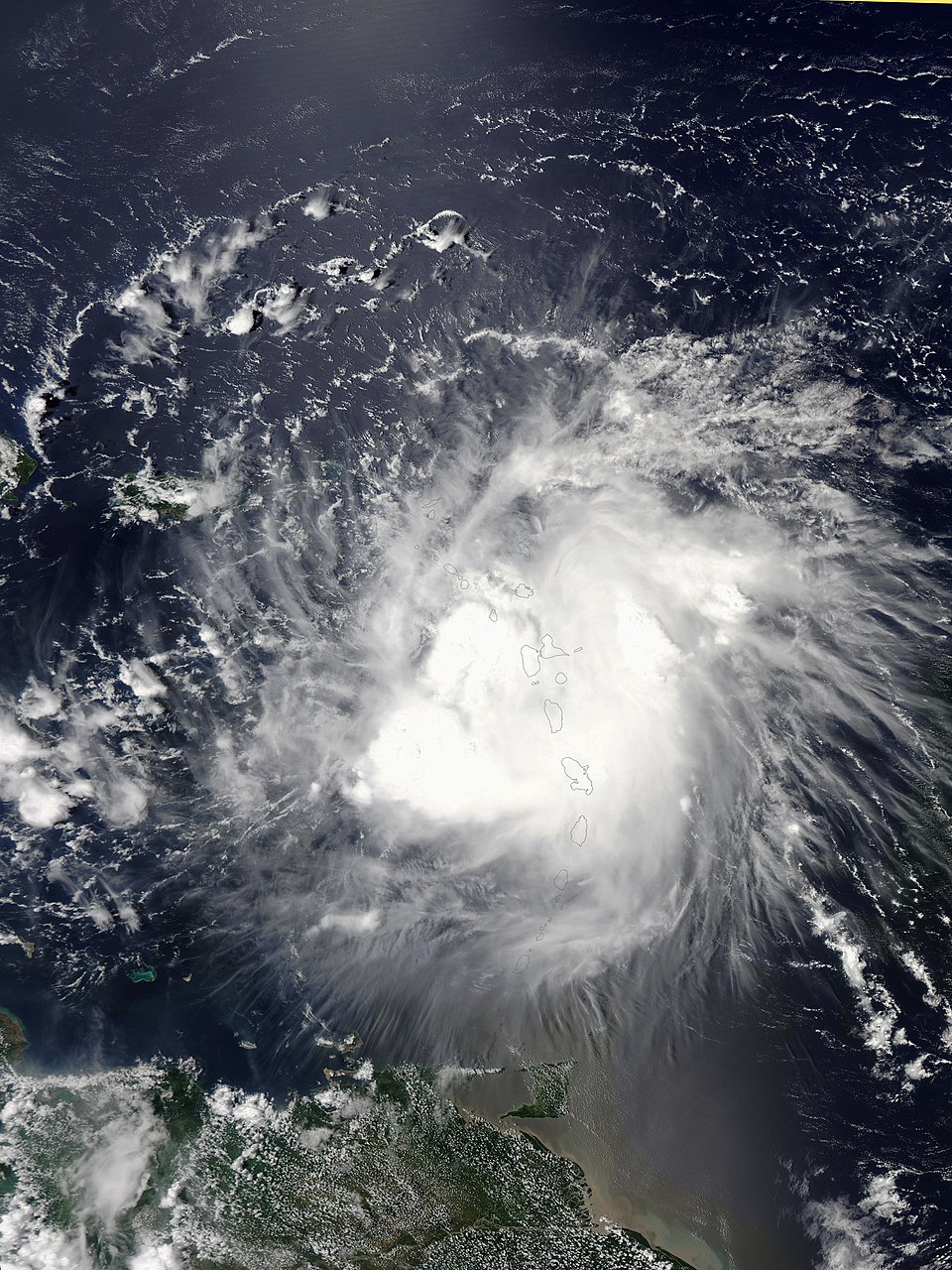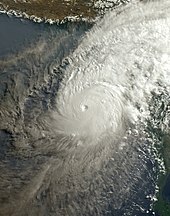Xangsane
squishy squishy!
- Joined
- Jun 11, 2021
- Posts
- 160,761
- Reputation
- 140,251
Models for Invest98L/Ernesto


Great OHC

Simulated IR



Extremely good pattern for RI in the deep tropics


Actually GFS is more south this run and stronger which is not what we want

HWRF moves him westward

Low ahh shear (which is good)

Long ahh path (might go ER on Bramladesh Pajeets in Canada)

Could mog

Likely a mogger


Could go ER on Bramladesh Pajeets


Invest 98L (which will become Ernesto) is ahead of schedule
But we don't know where he'd spray his coom


Great OHC

Simulated IR



Extremely good pattern for RI in the deep tropics


Actually GFS is more south this run and stronger which is not what we want

HWRF moves him westward

Low ahh shear (which is good)

Long ahh path (might go ER on Bramladesh Pajeets in Canada)

Could mog

Likely a mogger


Could go ER on Bramladesh Pajeets


Invest 98L (which will become Ernesto) is ahead of schedule
But we don't know where he'd spray his coom
Last edited:


